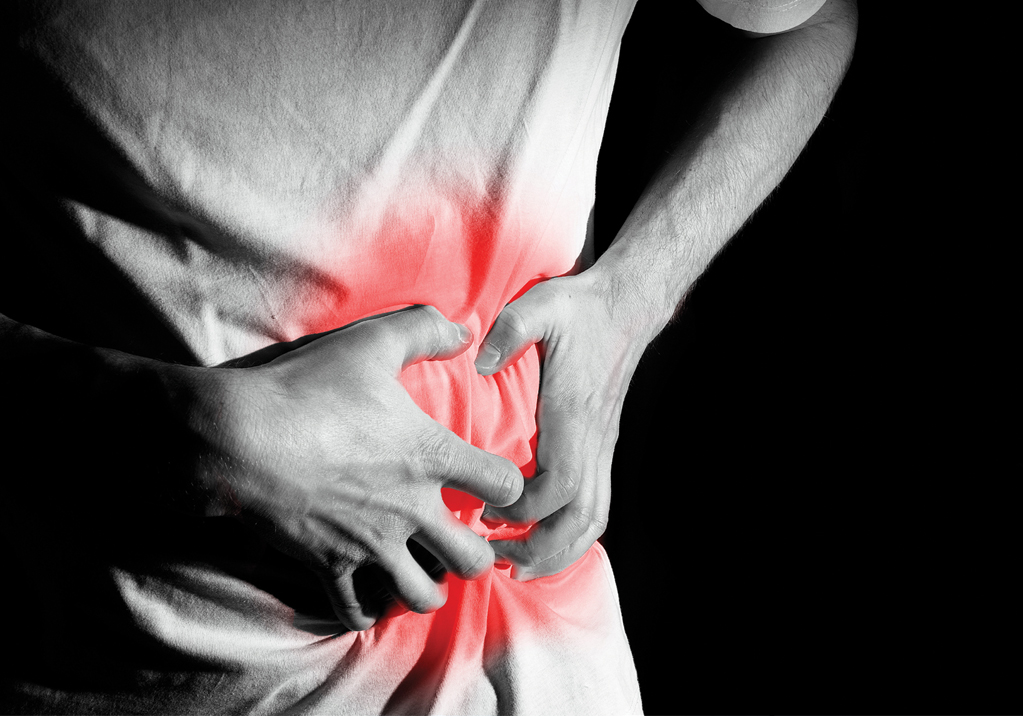Sharp abdominal pain is a sign that your pancreas is inflamed. The condition can be acute (short-term) or chronic (recurring).

The pancreas is an organ that is part of the digestive system. While it does not digest food directly like the stomach, it secretes other substances — such as enzymes — that help to further break down carbohydrate, protein and fat when they have passed from the stomach into the small intestine.
Lying horizontally behind the stomach, the tube-like organ, which is between six and eight inches long, also produces and releases hormones such as insulin and glucagon into the bloodstream to regulate glucose level. Problems with these two hormones could lead to diabetes.
HOW DOES IT GET INFLAMED?
When the pancreas becomes inflamed, the condition is called pancreatitis. This situation can develop should the main duct of the organ be blocked by a gallstone or a tumour. Because the enzymes cannot escape, they accumulate and start digesting the pancreas itself!
Besides gallstones and tumours, inflammation of the pancreas can also occur after a bout of mumps. The use of alcohol, steroids and drugs are other possible causes of inflammation. Alcohol abuse is one of the most common causes as alcohol changes the composition of proteins secreted by the pancreas. This causes protein ‘plugs’ to form and block the pancreatic ducts, leading to inflammation.
ACUTE VS CHRONIC
Inflammation of the pancreas can be acute or chronic. Here are tables that describes the symptoms and treatment protocol for each case:
Acute
- Isolated and short-term episode; about 80% of such patients recover completely
- Sharp pain in the upper abdomen that can travel to the back; pain can sometimes be aggravated by eating
- Abdomen may swell and be tender to the touch
- Other symptoms include nausea, vomiting, fever and muscle aches
- Treatment involves the giving of fluids and painkillers
- Severe cases can lead to failure of other organs, such as the heart, lungs or kidneys; in such cases, it is important to excise the portion of the pancreas that has been damaged
- Can lead to chronic pancreatitis
Chronic
- Long-term disease; frequent acute attacks can lead to chronic pancreatitis, but more than 90% of such cases is due to prolonged alcohol intake
- Inflammation may not be active, but damage to the pancreas has been done, and the inflammation could recur at any time
- Symptoms include persistent pain in the upper abdomen and back, weight loss, diarrhoea and even mild jaundice
- Commonly, the pancreas develops scar tissues called fibrosis, calcium deposits and inflammation of its ducts
- Can lead to serious conditions, such as the inability to absorb nutrients
- The first goal of treatment is pain relief. The second goal of treatment is to compensate for the loss of function; for example, to improve nutrient absorption and address metabolic problems, pancreatic enzymes and insulin may be prescribed to the patient respectively
- In some instances, surgery may be required to unblock pancreatic ducts
Diagnosis to differentiate the two types of pancreatitis is aided by techniques such as pancreatic function tests and X-ray imaging with a CT scan or retrograde pancreatography (ERCP).







